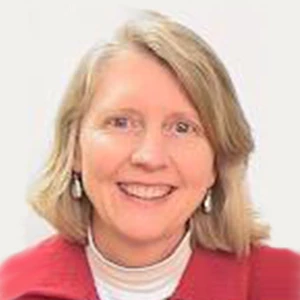The “Map to the future (M2F)” project has provided science-based sustainable intensification of cocoa production by small-holder farmers in Ghana by focusing on integrating site-specific soil data with traditional survey data to improve the productivity of small-holder farmers in Ghana. There is a need for scalability of the novel technologies for sustainable intensification in cocoa production across the cocoa agro-ecologies in Ghana.

For farmers, soil health is just one of many considerations when it comes to decisions about their livelihoods and investments on the farm. Also, sometimes, in achieving present yield from the soil, the potential long-term impacts to the land and future productivity are overlooked. Therefore, helping farmers identify practices that lead to higher productivity and profitability, lower input costs and optimized input use, particularly fertilizer use, is essential.
Ghana is the second largest cocoa producer in Africa, with the cocoa sector providing livelihoods for over 700,000 farmers in the country’s southern tropical belt. Most cocoa farmers in Ghana operate small-area, low-input farms where cocoa is mostly grown under full sun or very low shade with little or no fertilizer applied. The continuous use of cocoa soils without nutrient replacement has resulted in the long-term depletion of soil fertility in cocoa farms and declining cocoa yields. Cocoa productivity is influenced by both inherent soil properties (such as clay content and pH) that determine a soil’s potential productivity, and dynamic soil properties (such as organic matter and fertility) that determine soil health and can change over time as a result of management.
In order to help farmers improve soil health and cocoa productivity, the Data Innovation Fund (DIF) of the Trust Fund for Statistical Capacity Building III (TFSCB-III) supported a project led by Grameen Foundation USA (Grameen). The project Map to the Future (M2F): Integrating soil mapping into cocoa farm development plans in Ghana[1] set out to evaluate the integration of site-specific soil data with traditional soil data products (e.g., regional-to-global soil maps) for farmers and/or agronomists to identify which soil factors are currently limiting and to what extent they can be minimized or corrected. The aim was to provide site-specific soil information that smallholder cocoa farmers can use to improve soil health and overall farm productivity[2]. The project contributed to addressing five Sustainable Development Goals (SDGs): SDG 1 - No poverty, SDG 2 - Zero hunger, SDG 8 - Decent work & economic growth, SDG 13 - Climate action, and SDG 17 - Partnership for the goals.
The project produced a framework for how site-specific soil information may be used to help farmers better manage their soils and consisted of three main steps:
- Acquire accurate site-specific soil data (using FarmGrow and LandPKS apps). Seventy-five farms were assessed, with three data collection sites per farm, resulting in 225 soil sites.
- Link existing soil map data at the site location.
- Develop crop-specific soil recommendations based on site-specific and soil map data based on the Food and Agriculture Organization’s (FAO) Agro-Ecological Zone (AEZ) soil suitability methodology.
For the project’s outcomes and lessons learned, please visit its original blog publication.
For more information on this project, please see the project final report.
The Trust Fund for Statistical Capacity Building III (TFSCB-III) is supported by the United Kingdom’s Foreign, Commonwealth & Development Office, the Department of Foreign Affairs and Trade of Ireland, and the Governments of Canada and Korea.
For more information about TFSCB, please visit our website.
To learn more about our other Data Innovation Fund projects, please click here.





Join the Conversation